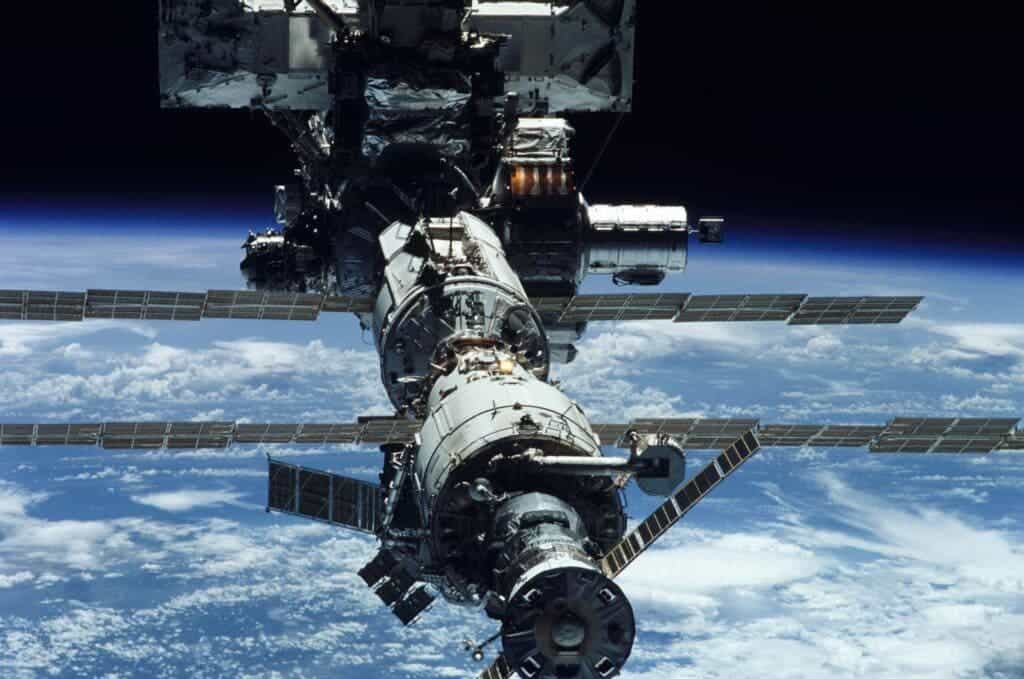NASA reports that crewmen aboard the International Space Station were woken up on Monday by ground crew — to fix an air leak.

The leak has been under investigation for several weeks now, the agency notes, but the rate of air loss seemed to increase on Monday, causing ground control to intervene. Despite this, the leak is in no way an immediate danger to the lives of the crew and has since been tracked to the Zvezda (“Star”), a module on the Russian side of the ISS that houses life support equipment and quarters for two crewmembers.
Airloss
“Late Monday night, the Expedition 63 crew was awakened by flight controllers to continue troubleshooting a small leak on the International Space Station that appeared to grow in size,” NASA explained in a statement on Tuesday.
“Ground analysis of the modules tested overnight have isolated the leak location to the main work area of the Zvezda Service Module.”
The crew collected readings from various locations inside the station using an ultrasonic leak detector, closing hatches between modules one by one as they went. In the end, they managed to narrow the search down to the Zvezda module.
Throughout the night on Monday, the module was kept isolated and pressure measurements were performed remotely to identify the leak’s location. By morning, the checks were complete, and the crew re-opened the hatches between the US and Russian segments of the ISS and went back to their regular, space-faring lives.
This isn’t the first time astronauts aboard the ISS needed to contend with a leak. Back in 2018, a 2mm drill hole was discovered in the Russian Soyuz craft while it was docked to the station. This hole was patched with epoxy resin and tape. The cause, and whether this hole was caused by accident or with intent, has yet to be determined.
The current leak was likely caused by a mechanical or manufacturing defect.
“The size of the leak identified overnight has since been attributed to a temporary temperature change aboard the station with the overall rate of leak remaining unchanged,” NASA explains.


